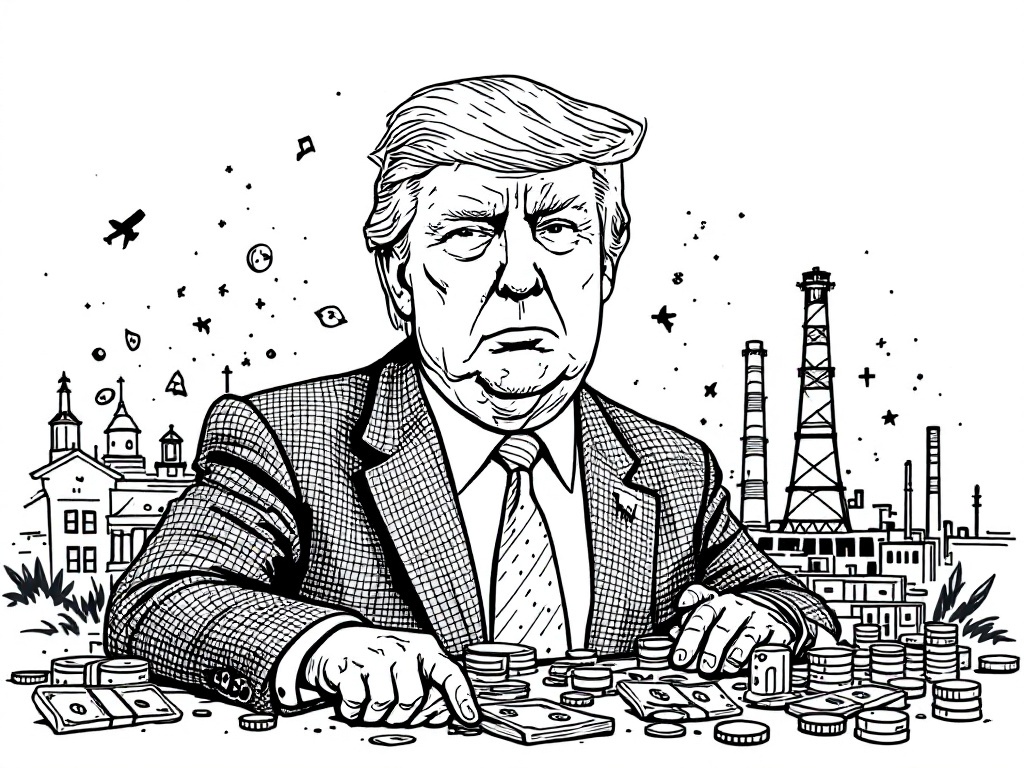Trump's Energy Policies Under Fire: Shale Producers Struggle

United States, Tuesday, 13 May 2025.
Donald Trump’s policies are challenging the U.S. oil industry as shale producers face profitability issues with low oil prices, raising significant economic concerns.
A Looming Challenge for U.S. Shale Producers
Amidst the backdrop of Donald Trump’s policy directives, U.S. shale producers find themselves grappling with historically low oil prices, which have plunged below the profitability threshold of approximately $65 per barrel, severely impacting their economic viability [4][5]. As of May 2025, the average price of oil has fallen to below $55 per barrel, further compounding the difficulties faced by the industry [3]. Companies are now faced with the conundrum of maintaining shareholder profits while reducing operational costs, leading to a decline in drilling activity and a reduction in the number of operational rigs across regions like Texas [4].
Impact of Trump’s Policies on the Oil Sector
Since Donald Trump began his second term in January 2025, efforts to bolster oil production have included rolling back environmental regulations and expediting drilling permits [1]. However, these moves are occurring in a market where oil prices are critically low, exacerbating the situation for U.S. oil firms already strained by high breakeven costs and rising tariffs on imported materials like steel [4][5]. This economic environment has resulted in a significant number of U.S. companies either reducing their 2025 investment plans or idling rigs entirely due to financial prudence under the current administration [3].
Saudi Arabia’s Role in U.S. Oil Price Dynamics
Compounding the challenges for U.S. shale producers is Saudi Arabia’s strategic decision to boost its oil output significantly. In April 2025, following discussions with President Trump, Saudi Arabia was instrumental in an OPEC+ decision to increase production by 411,000 barrels per day starting in May, effectively flooding the market and causing prices to tumble even further [2][4]. This increase aims to regain market share from U.S. exporters, filling a demand gap, but at the cost of driving down prices to unsustainable levels for many American producers [2][4].
Economic Implications and Future Outlook
The broader economic implications of the current oil market stress are profound. As U.S. companies maintain conservative spending strategies, the decreased domestic production could alter the nation’s standing as a global energy leader, potentially leading to the first production decline since the COVID-19 pandemic in 2026 [3]. This scenario presents a stark contrast to Trump’s promises of U.S. energy dominance. Analysts warn of potential long-term impacts on investor confidence and the future trajectory of the U.S. energy market [4][5]. Meanwhile, geopolitical tensions involving potential military actions in the Middle East introduce further uncertainty into the already volatile oil markets [2].